
Try your luck — spin the wheel and unlock up to 30% OFF or exclusive freebies!
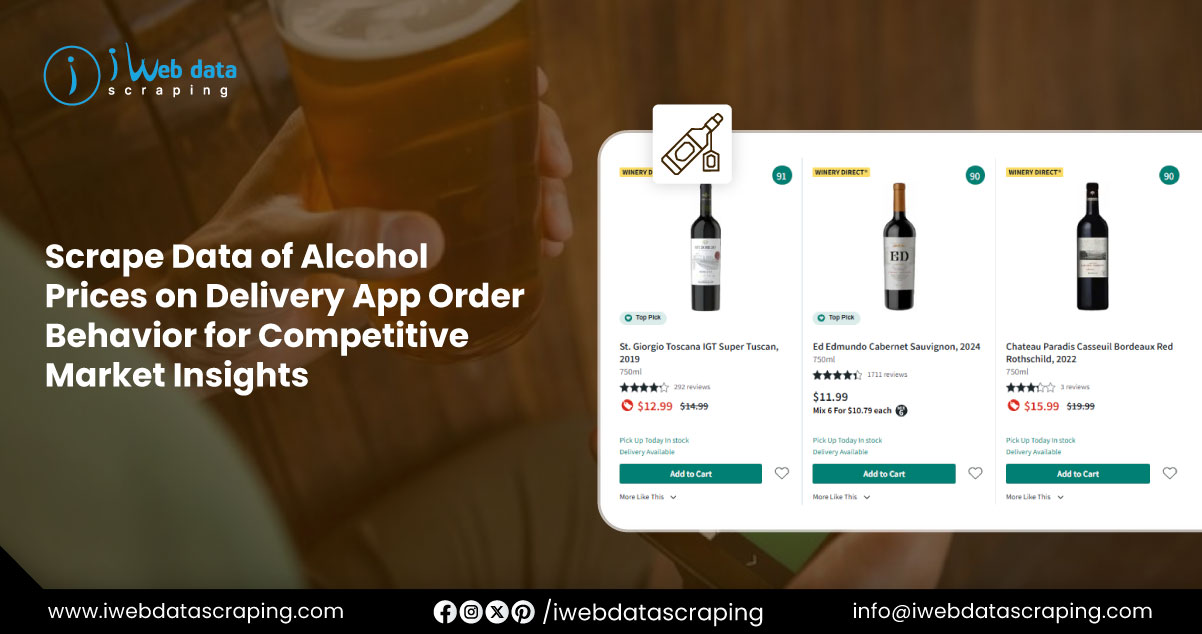
The rapid growth of alcohol delivery services in the U.S. has transformed consumer purchasing habits, pricing strategies, and market competition. Platforms like Drizly, Instacart, DoorDash, and Uber Eats now offer customers the convenience of browsing, comparing, and ordering their favorite beer, wine, and spirits from the comfort of home. The ability to Scrape data of Alcohol Prices on Delivery App Order Behavior provides a unique window into how pricing influences consumer decisions, seasonal buying patterns, and brand preferences.
With technological advancements, web scraping alcohol prices on U.S. delivery platforms enables the extraction of vast datasets that can be analyzed for competitive intelligence, demand forecasting, and promotional effectiveness. This approach helps retailers, distributors, and manufacturers align their pricing strategies with real-time market dynamics.
Furthermore, the capacity to scrape alcohol pricing data from U.S. delivery services offers unprecedented access to granular insights, including regional variations, time-sensitive discounts, and order behavior linked to price fluctuations. When leveraged strategically, this data can help brands identify opportunities to enhance sales, retain customers, and optimize profit margins.
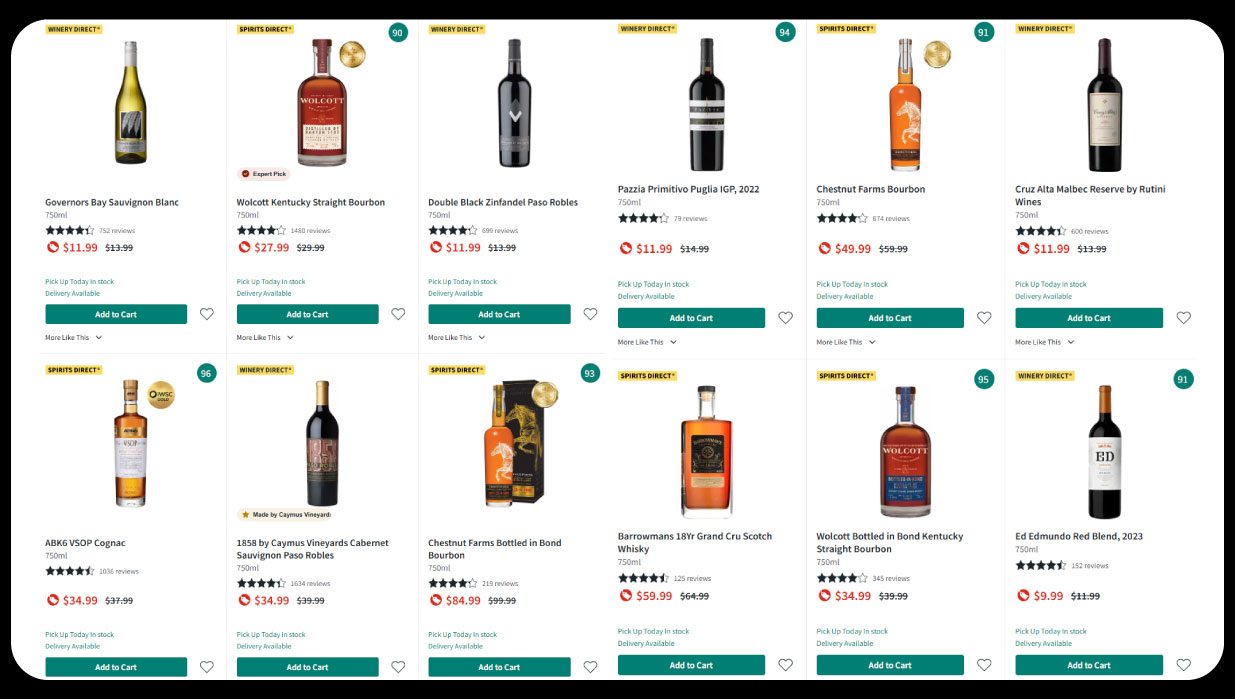
The main objectives of this report are to:
A range of factors, including taxation, distributor margins, supply chain conditions, seasonal demand, and competitive market dynamics, shape alcohol pricing in the U.S.. Major events such as the Super Bowl or New Year’s Eve often trigger noticeable price surges for high-demand products like beer, wine, and champagne. Through alcohol pricing data extraction from food & beverage apps, businesses can track these fluctuations in real time, enabling swift adjustments in pricing and promotions.
Web scraping also uncovers regional price disparities, which can be significant. For example, a premium whiskey may retail for $45 in New York, while the same bottle sells for $38 in Texas, largely due to differences in taxes and market conditions. Understanding these variations equips distributors, retailers, and brands with the insights needed to refine distribution plans, tailor marketing campaigns, and optimize profit margins by aligning strategies with localized consumer purchasing power and competitive pressures.
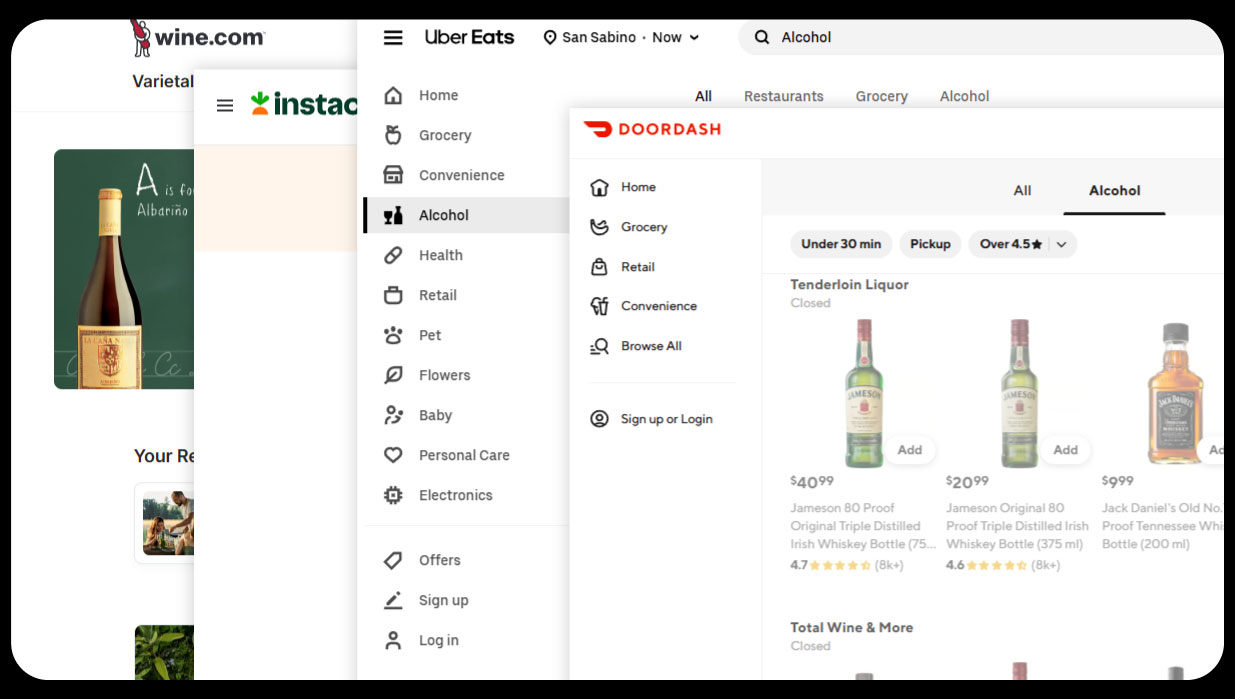
Data scraping for alcohol pricing involves:
With scraping data for alcohol delivery pricing insights, it becomes possible to observe correlations between discounts and sales volume. For instance, a 15% price reduction on craft beer may result in a 40% increase in orders over a weekend.
Alcohol prices on delivery platforms are often tied to seasonal and event-driven demand. Scraped data from past years shows patterns such as:
Analyzing alcohol delivery pricing trends via data scraping tools helps predict these surges and adjust inventory and promotions accordingly.
| Event / Period | Beer (6-pack) | Wine (750ml) | Whiskey (750ml) | Champagne (750ml) |
|---|---|---|---|---|
| Super Bowl Weekend | $11.50 | $16.20 | $32.40 | $45.80 |
| July 4th Holiday | $10.80 | $15.50 | $30.90 | $44.00 |
| Thanksgiving Week | $11.20 | $17.00 | $33.50 | $46.50 |
| New Year’s Eve | $12.00 | $17.80 | $34.90 | $49.00 |
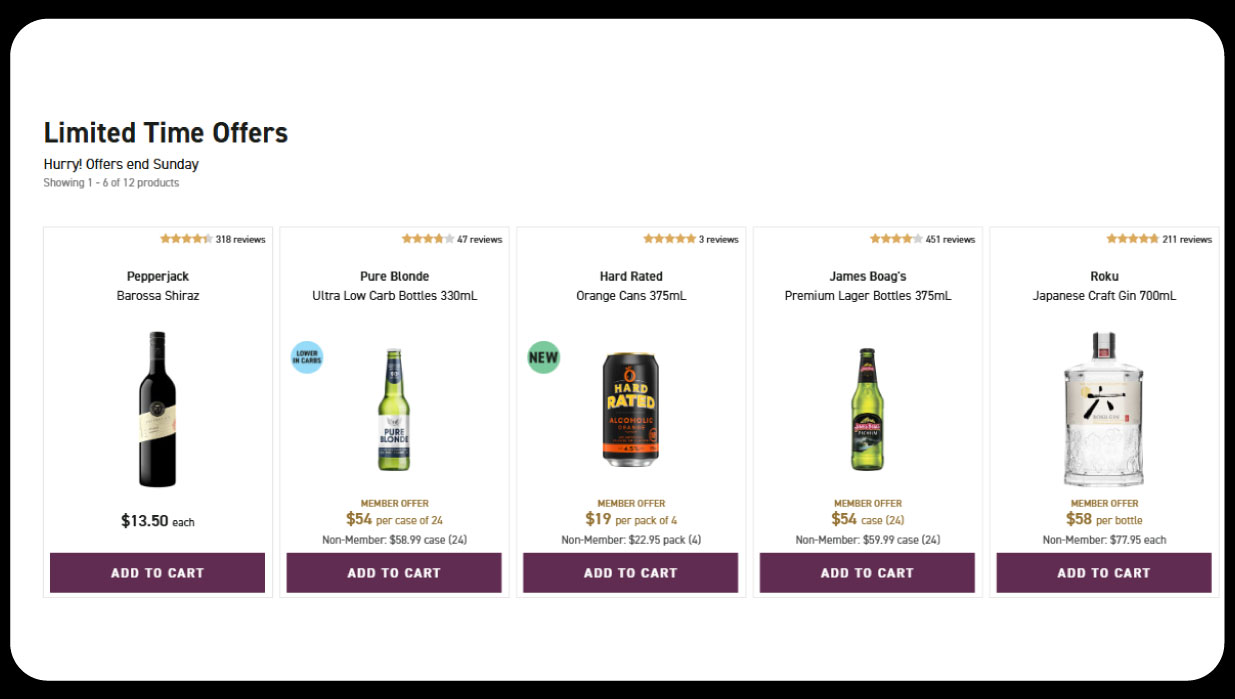
Price elasticity reflects how responsive consumers are to changes in pricing, and in the alcohol delivery market, even minor adjustments can have a notable impact on purchasing behavior. Scraped datasets reveal that a $1 price drop on a popular vodka brand led to a 12% surge in orders on a leading U.S. delivery platform. By leveraging scraping Data to monitor alcohol delivery price changes, analysts can accurately chart demand curves, pinpointing the ideal price range that encourages higher sales while preserving profitability. This approach enables retailers and distributors to make informed, data-driven pricing decisions, ensuring they remain competitive in a dynamic market without compromising long-term revenue performance.
Different states have unique alcohol tax structures, licensing laws, and competitive environments. By scraping alcohol pricing across multiple regions, we see notable differences:
| State | Average Price | State Excise Tax | Number of Retailers Listed |
|---|---|---|---|
| New York | $45.20 | $6.44 | 22 |
| Texas | $38.70 | $2.40 | 18 |
| California | $41.50 | $3.30 | 25 |
| Florida | $40.20 | $2.25 | 20 |
These insights help suppliers and distributors decide where to focus marketing campaigns and promotional offers.
Promotions such as “Buy One, Get One 50% Off” or “Free Delivery on Orders Over $50” can be tracked through scraping. Data shows:
By using scraped pricing data, companies can also detect competitors’ promotional cycles and respond accordingly.
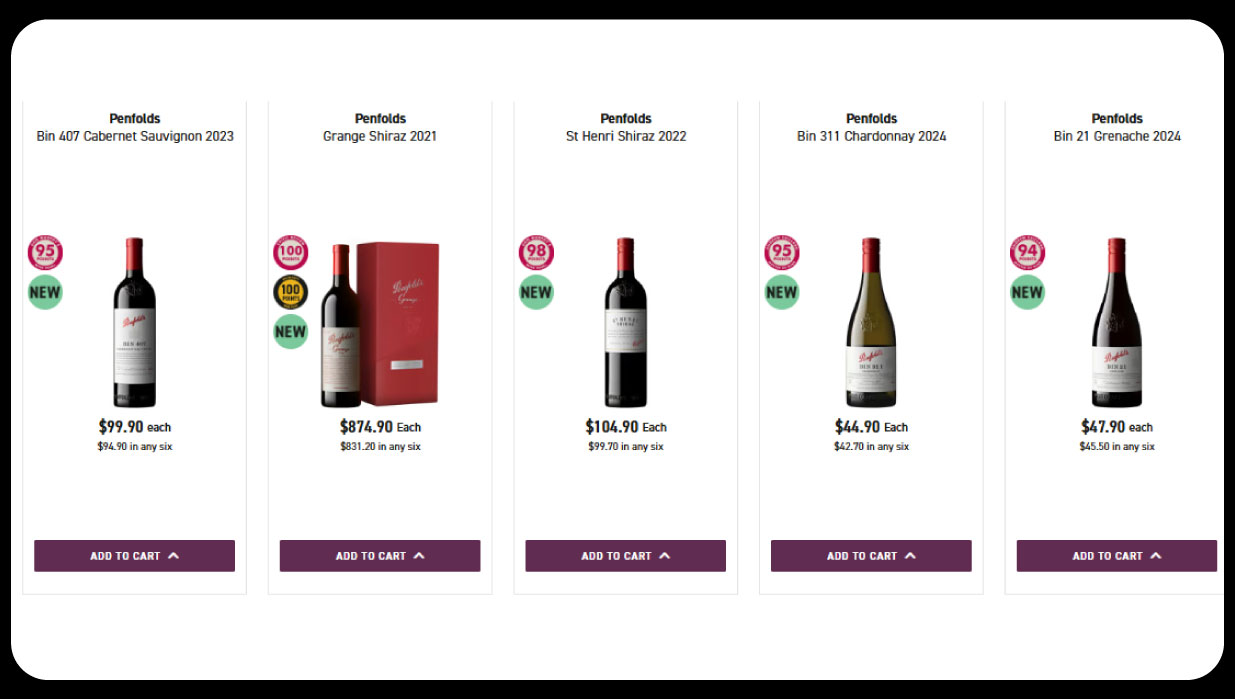
Although discounts play a key role in driving alcohol delivery orders, brand loyalty continues to hold strong for specific products. Premium whiskey brands, for instance, often sustain consistent sales volumes even when offered with minimal or no promotions. This indicates that pricing is only one part of the purchasing decision, and customer loyalty to certain labels can outweigh short-term price incentives. For delivery platforms, this highlights the importance of not just monitoring competitive pricing but also analyzing consumer buying patterns. By tracking customer preferences and repeat purchase behavior, these platforms can create highly personalized offers, pairing favored brands with targeted deals that enhance engagement, boost satisfaction, and encourage long-term customer retention.
Incorporating scraped pricing and sales data into predictive models allows businesses to anticipate demand across different pricing scenarios with greater accuracy. These models can analyze historical trends, seasonal factors, and consumer responsiveness to identify potential sales outcomes before changes are implemented. For instance, AI-driven simulations can predict the impact of a 5% beer price increase during the summer, providing insights into how such an adjustment might influence order volumes. This proactive approach equips decision-makers with the ability to refine pricing strategies, plan targeted promotions, and manage inventory more effectively—ensuring that adjustments are both profitable and aligned with consumer expectations, while minimizing the risk of sales decline in competitive delivery markets.
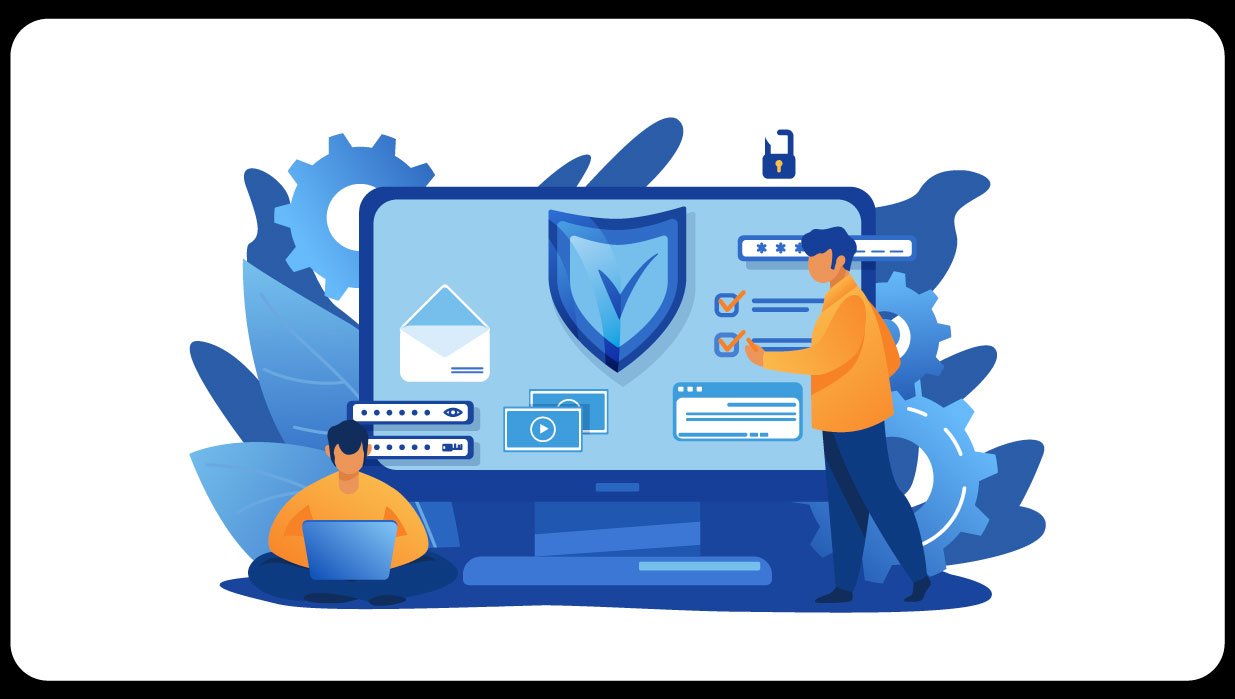
Scraping alcohol pricing data must be done in compliance with platform terms of service and applicable state laws. Ethical practices include respecting robots.txt rules, limiting request rates, and ensuring no personally identifiable customer information is collected.
Based on the research, we recommend:
The ability to track and analyze alcohol pricing on U.S. delivery platforms offers businesses a significant competitive edge. Through Liquor Data Extraction Services, companies can uncover insights that influence purchasing patterns, optimize promotional strategies, and forecast demand accurately.
Using Alcohol and liquor Stores Location Data Scraping, businesses can observe real-time price fluctuations and identify regional opportunities and market gaps. As the market becomes more competitive, continuous data monitoring is essential.
By integrating Liquor and Alcohol Price Datasets businesses can develop a comprehensive market intelligence framework that ensures agility, profitability, and customer satisfaction in the evolving alcohol delivery sector.
The ability to track and analyze alcohol pricing on U.S. delivery platforms offers businesses a significant competitive edge. Through Liquor Data Extraction Services, companies can uncover insights that influence purchasing patterns, optimize promotional strategies, and forecast demand accurately.
Using Alcohol and liquor Stores Location Data Scraping, businesses can observe real-time price fluctuations and identify regional opportunities and market gaps. As the market becomes more competitive, continuous data monitoring is essential.
Experience top-notch web scraping service and mobile app scrapingsolutions with iWeb Data Scraping. Our skilled team excels in extracting various data sets, including retail store locations and beyond. Connect with us today to learn how our customized services can address your unique project needs, delivering the highest efficiency and dependability for all your data requirements.
We start by signing a Non-Disclosure Agreement (NDA) to protect your ideas.
Our team will analyze your needs to understand what you want.
You'll get a clear and detailed project outline showing how we'll work together.
We'll take care of the project, allowing you to focus on growing your business.